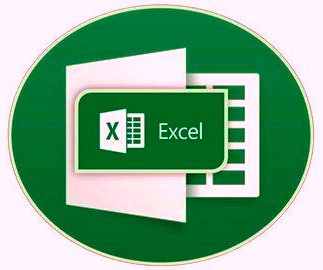Section 51 of the Central Goods and Services Tax (CGST) Act lays down the provisions of Tax deducted at source (TDS). The concept of TDS on GST was initially introduced in the Income Tax Act and has now been introduced in GST as well. The purpose of introduction of TDS on GST is only to enable the govt to have a trail of transactions and to monitor and verify the compliance.
The provisions of the Tds is as
follows:
· Deductor: As per section 51(1) of the CGST Act, deductor will be:
1) Department or
establishment of the Central Government or State Government; or
2) Local Authority;
or
3) Governmental
agencies; or
4) Such persons or
category of persons as may be notified by the Government on the recommendations
of the Council.
· Applicability: TDS @ 2% (1% each under SGST AND CGST ACT) is required to be deducted on payment made to the supplier of taxable goods or services of both where the value of such supply under a contract exceeds Rs. 2.5 Lakhs.
·
Computation: following shall be excluded from contract value:
1) Central
GST
2) State
GST
3) Union
Territory GST
4) Integrated
GST
5) Cess
·
Registration: The deductor have to take a separate registration
as deductor even if it is registered as supplier.
·
Exemption: The provisions of Tds do not apply in case of Exempt
goods and services. TDS on GST would not be applicable if the
Location of Recipient is different from the Location of Supplier and the Place
of Supply.
·
Return: Deductor must file GSTR-7 within 10th of the
month succeeding the month in which deduction have made. GSTR-7A is a
system generated certificate to be issued by the deductor within 5 days of
furnishing GSTR-7.
Penal provisions: If the TDS Certificate is not issued within 5 days
from the date of deposit with the Govt., the deductor would be liable to pay
late fees of Rs. 100/- day. However, the late fees levied should not be more
than Rs. 5,000 each under CGST and SGST Act.








